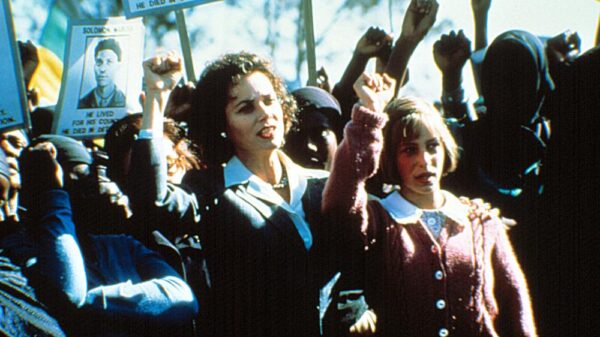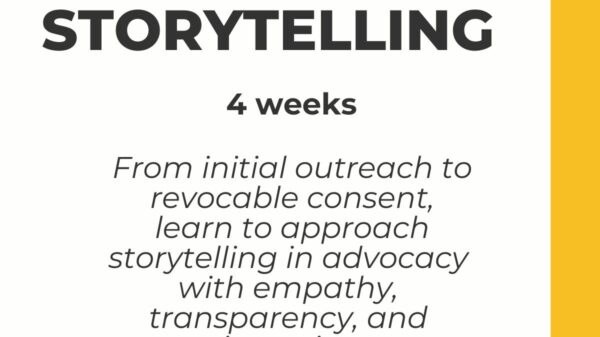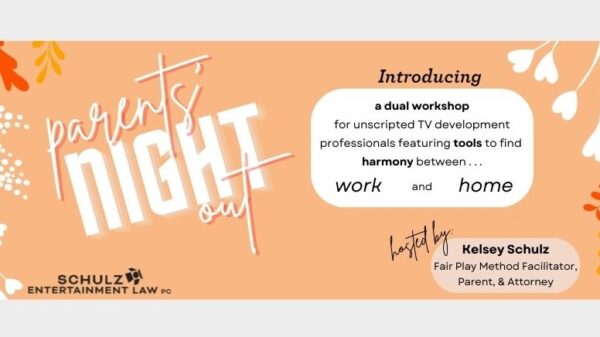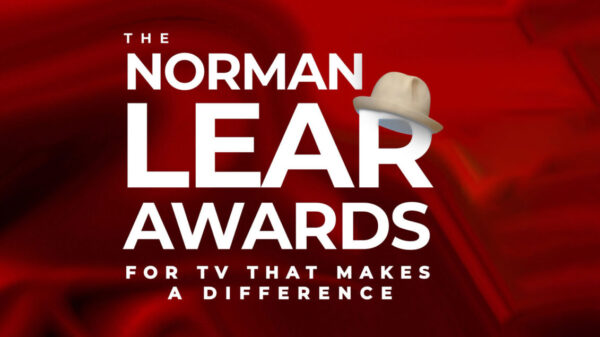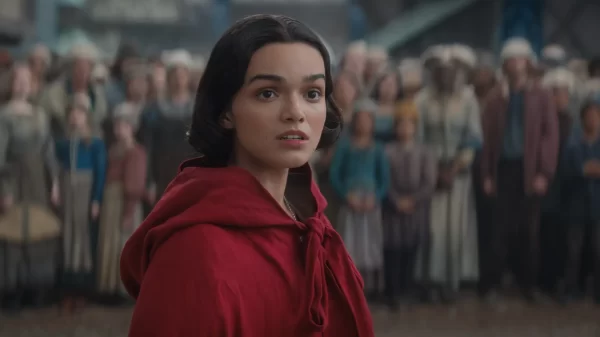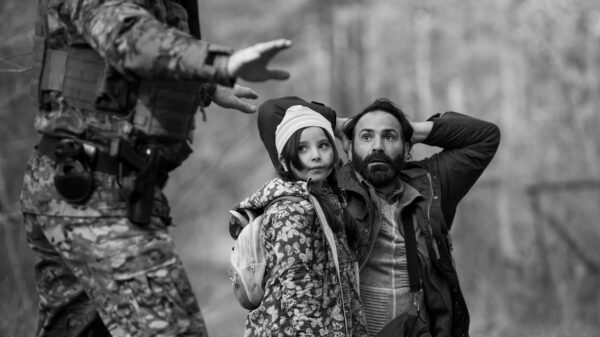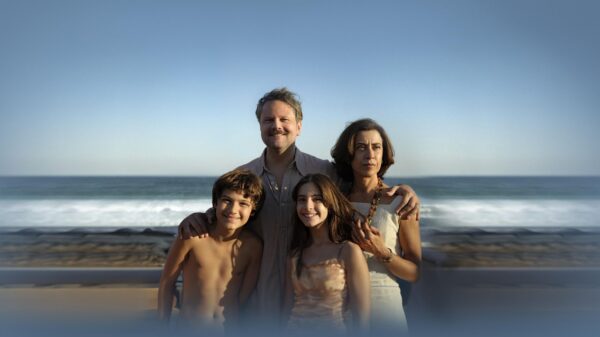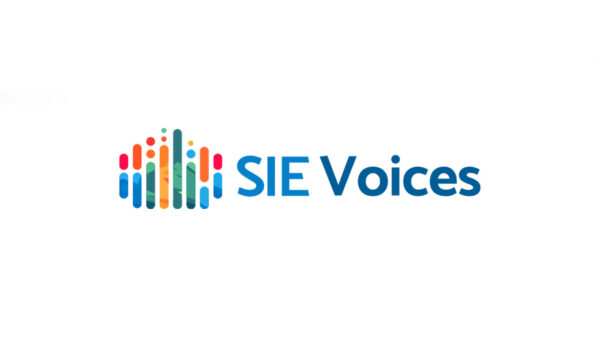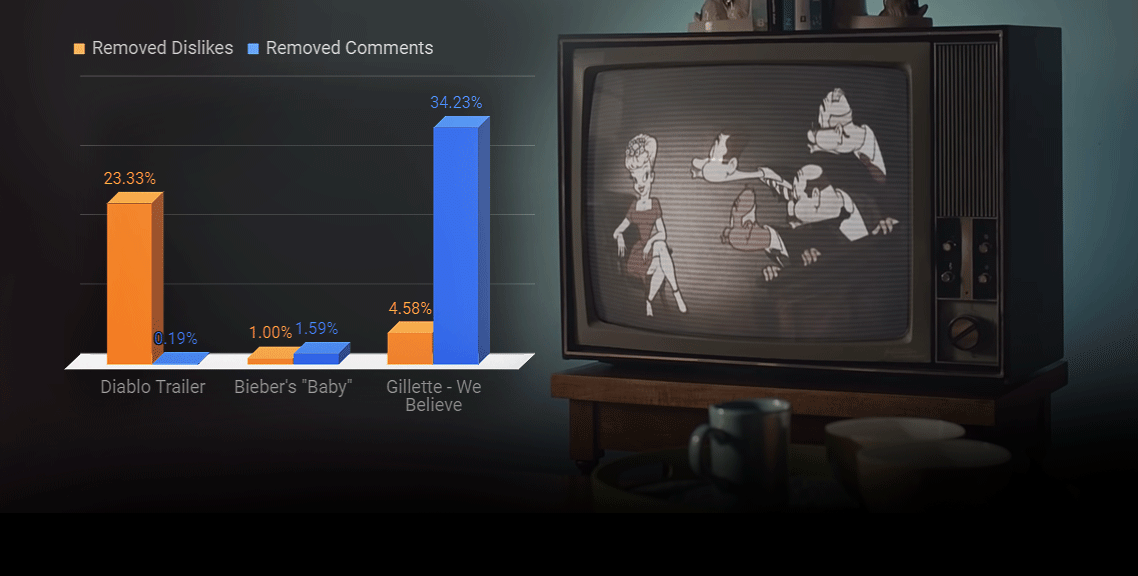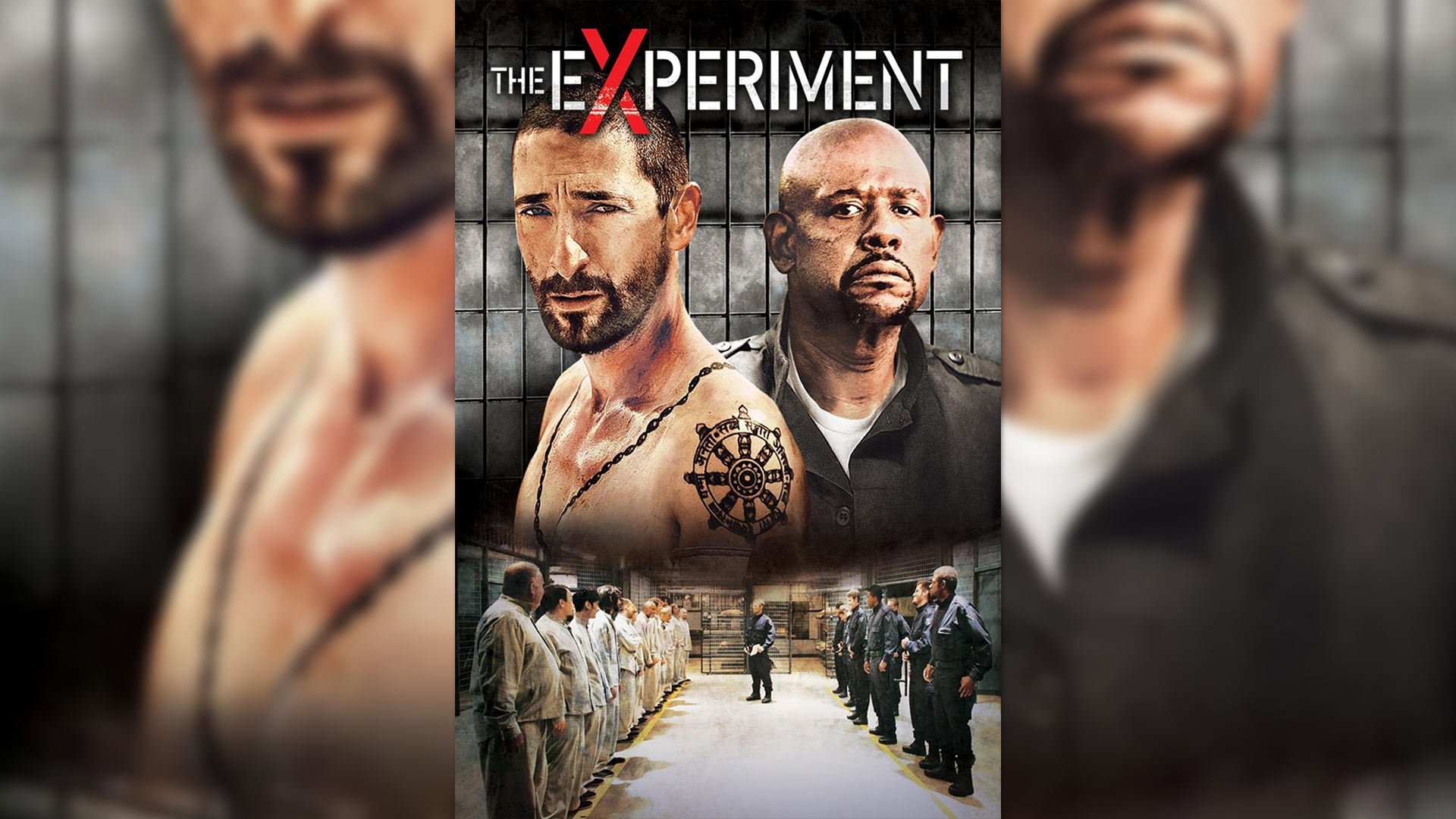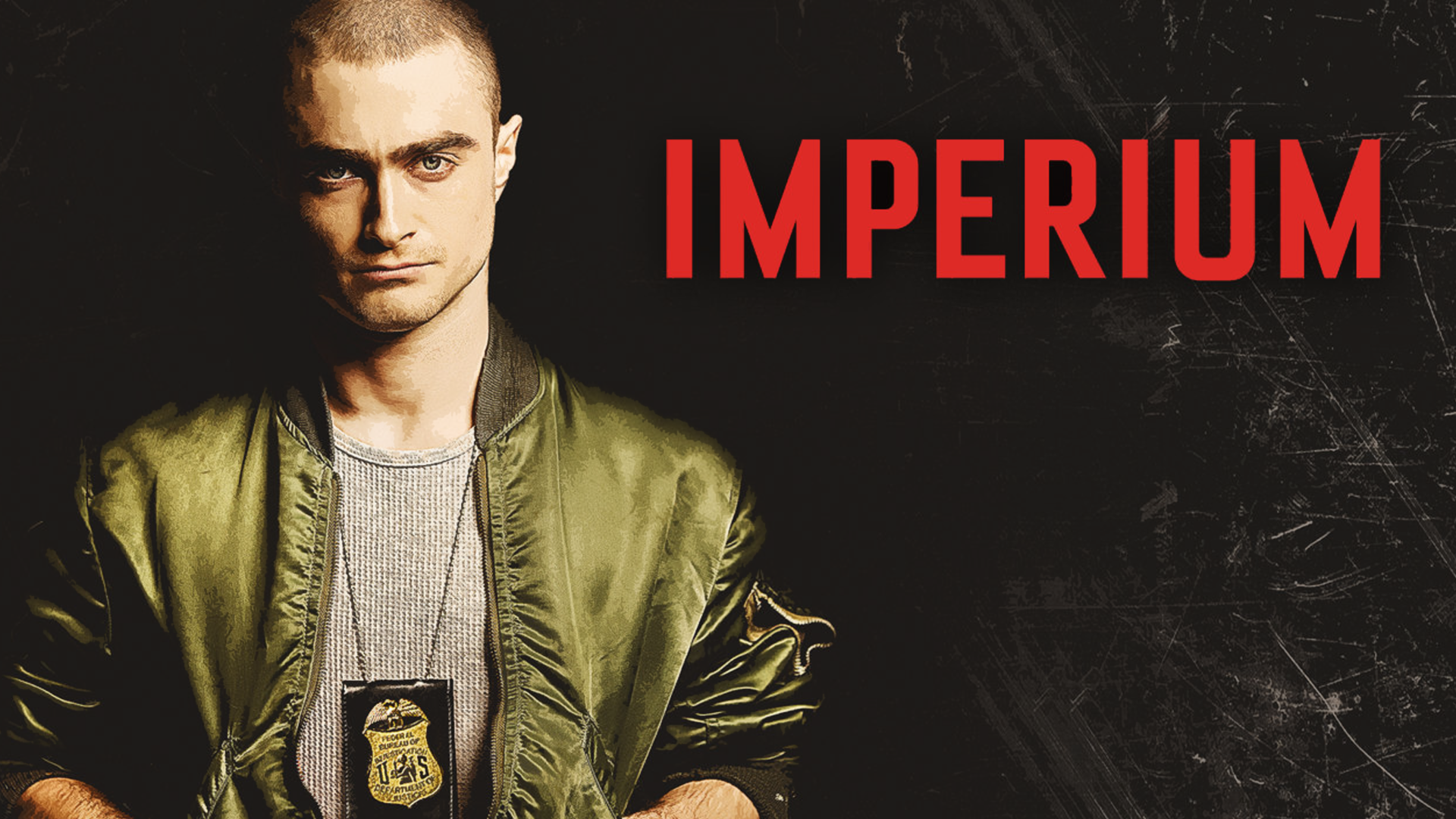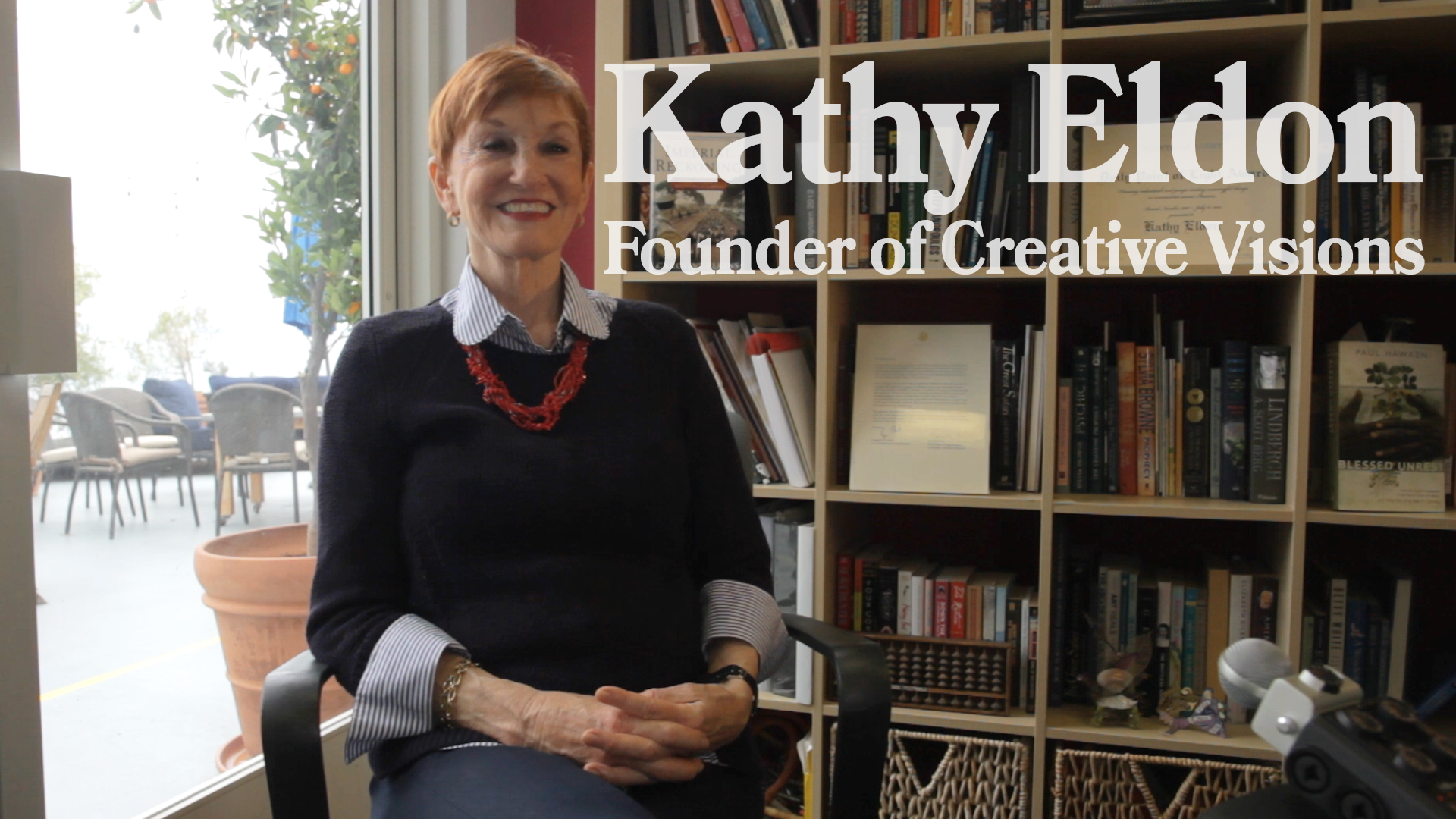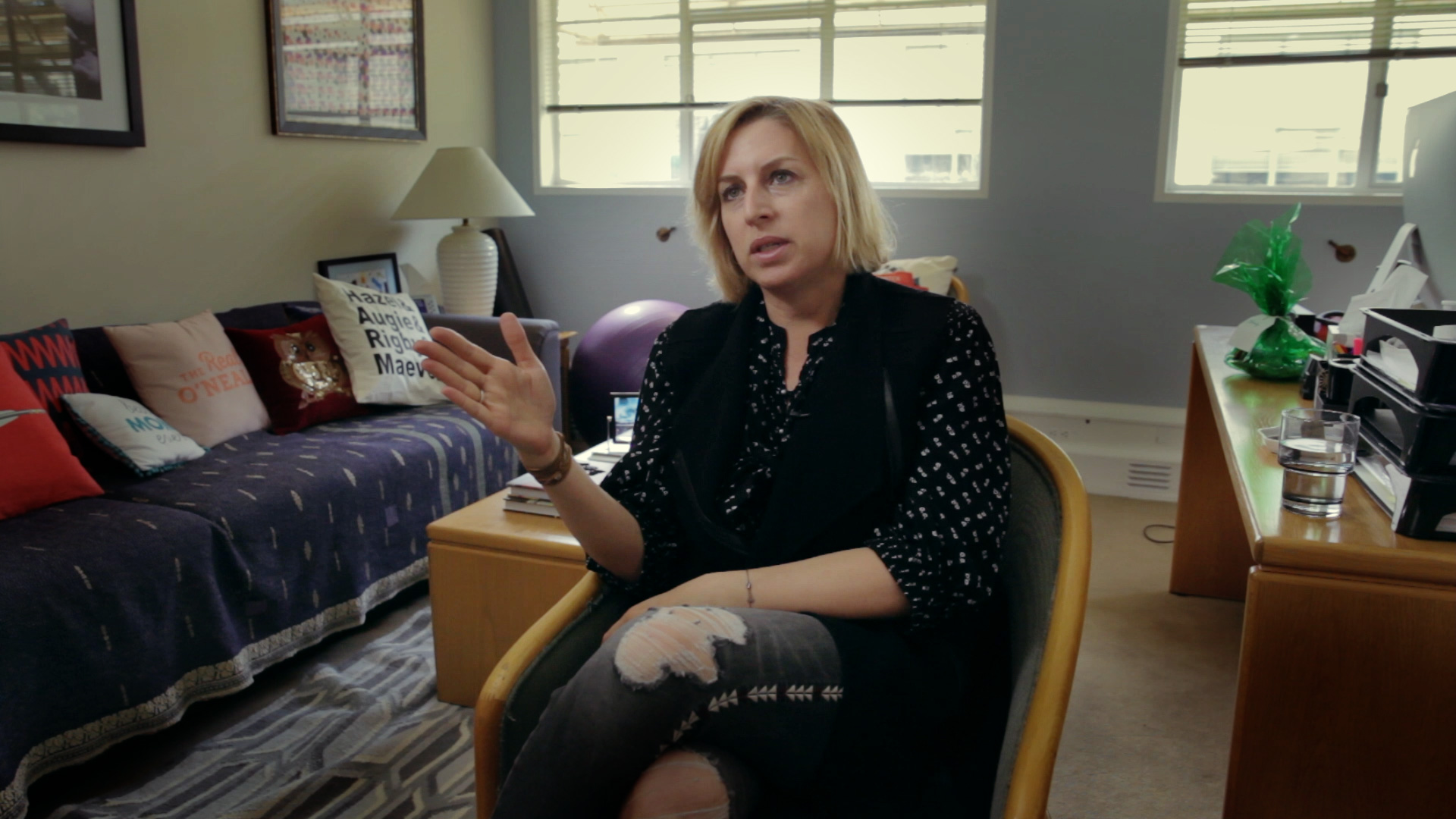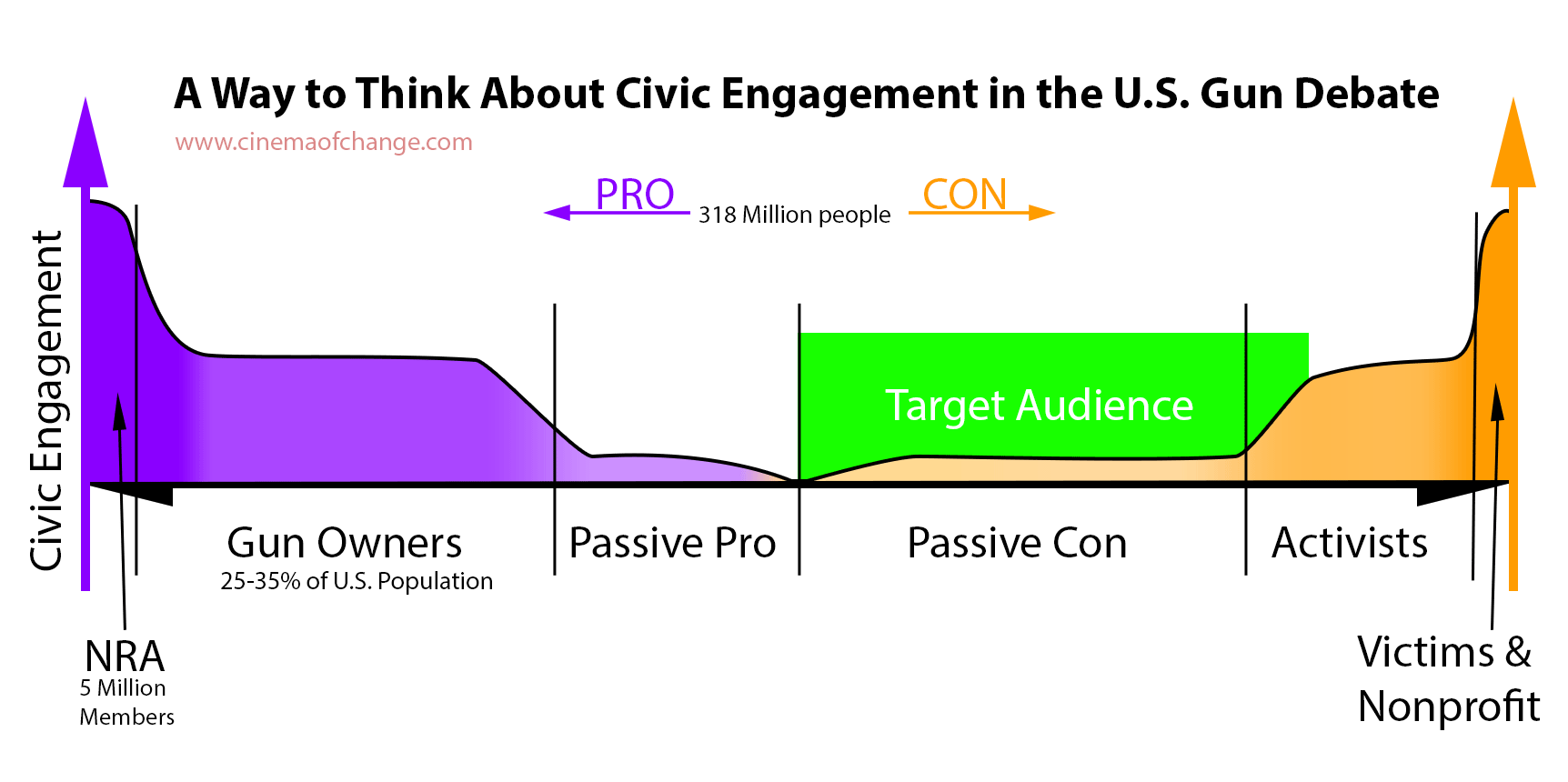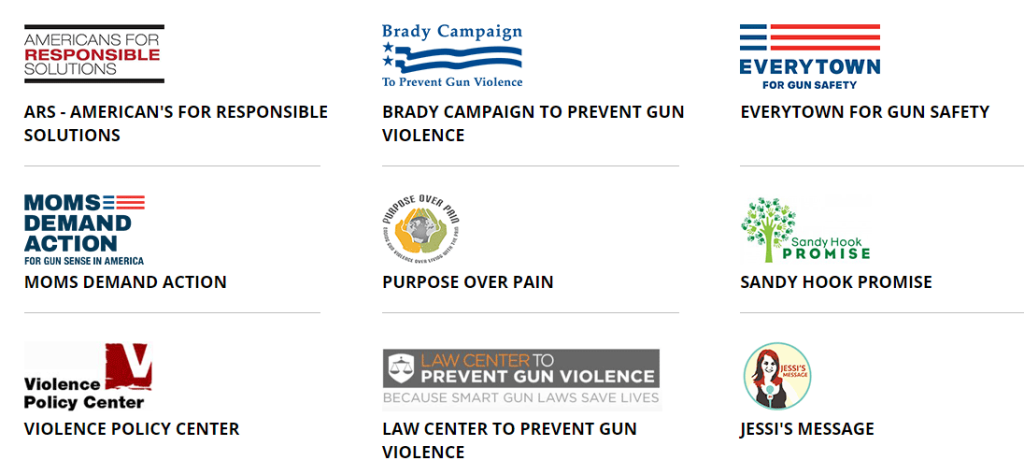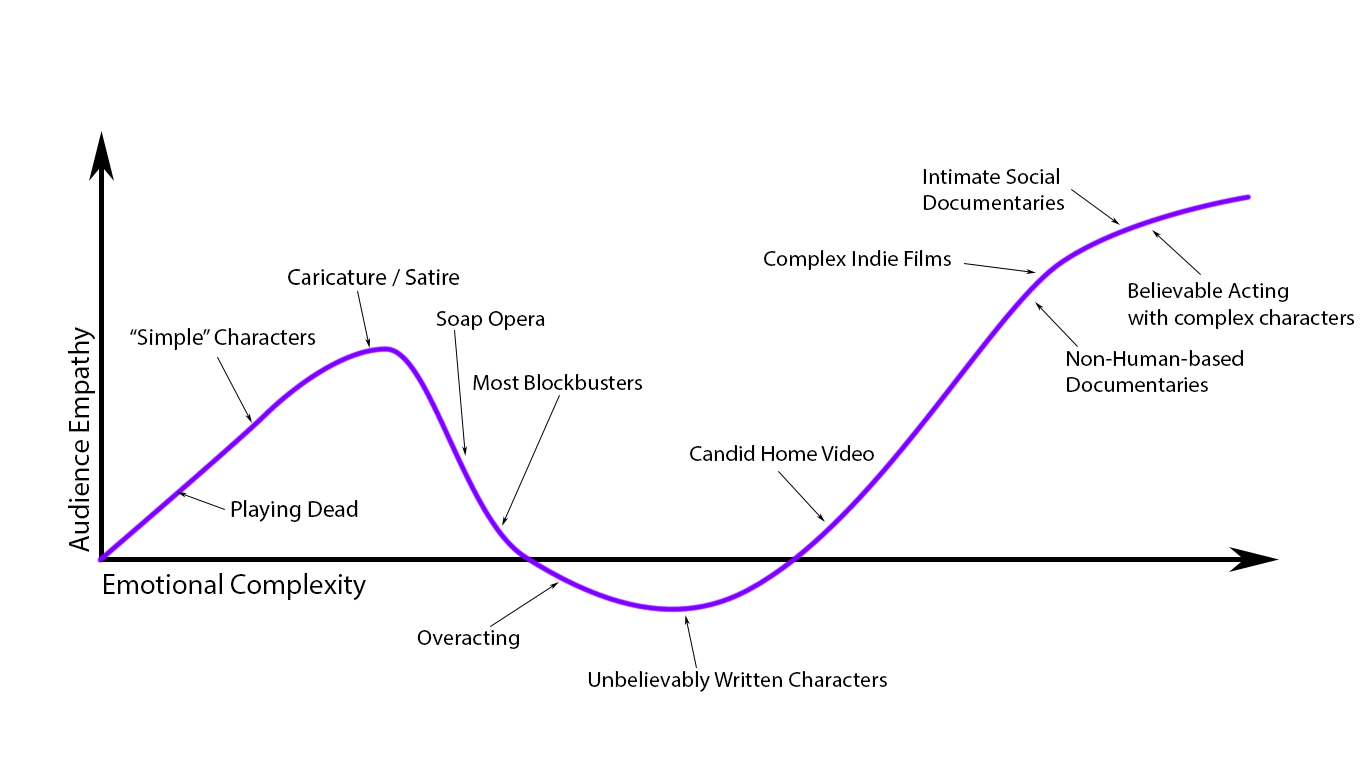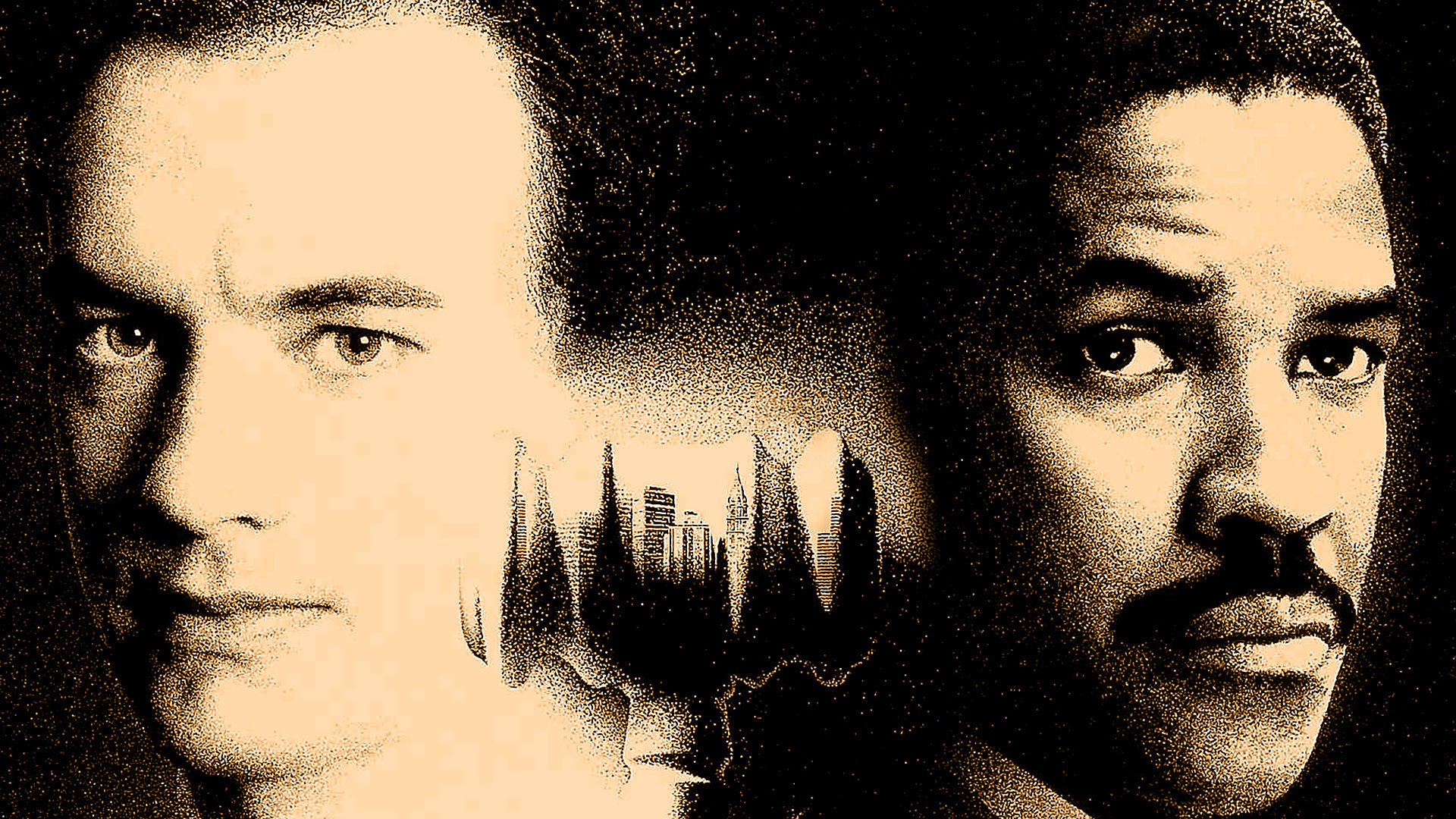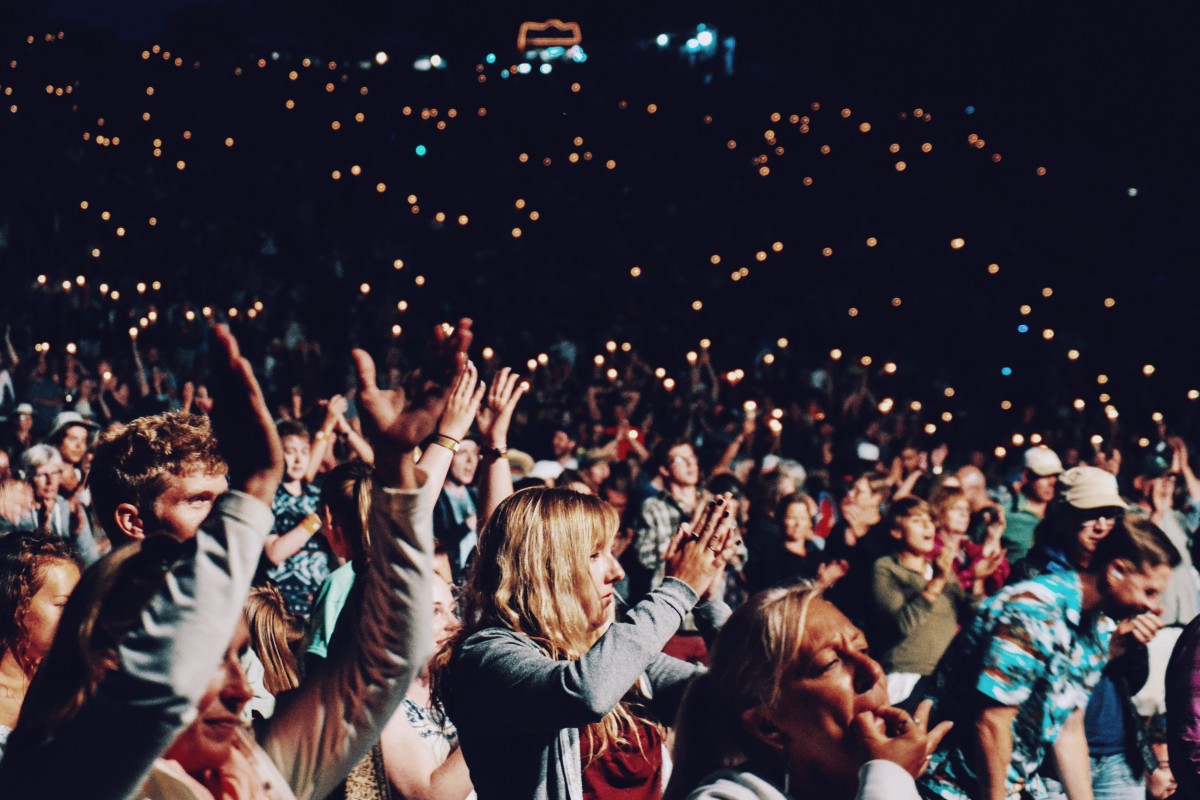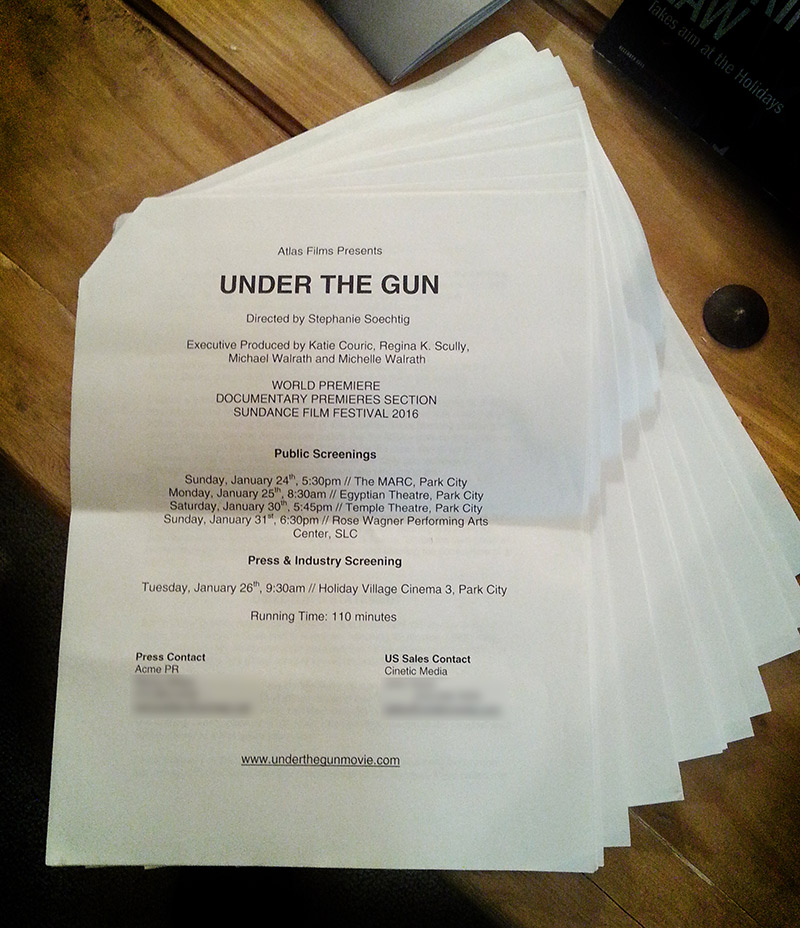
This is what you get when attending a well prepared documentary press screening: A big packet of information, statistics and insight in the film’s making.
Going to Sundance ’16, I didn’t actually plan on seeing any movies. There were too many exciting events, too many great panels, and a plethora of VR experiences. On an early Tuesday morning, I happen to miss a screening together with a fellow Berkeley journalist, and so we decide to watch some other movie rather than returning to our desks. The movie that we choose coincidentally: “Under the Gun“.
When you go to Press & Industry (P&I) screenings, there’s some empty seats and you’re surrounded by journalists hastily typing on laptops, accessing wordpress layouts and other backend sites for major magazines, all the way to when the film starts and laptops close. Not exactly conducive for “getting in the mood”, but objective and work-oriented.
I had no expectations and had done no research about the film, except for attending a press line with the filmmakers. All I had going for me for this screening was 100+ hours of gun culture debate with friends, TV consumption and online research in the topic, spread out over the past 7 years.
A little review doesn’t remotely do the film’s power any justice; you have to see the film yourself. This article is a discussion of meta-information and potential learning lessons the film gave me.
The Passive Demographic
Every good documentary uses facts and statistics to back up its emotional claims; no different in “Under the Gun”. Out of the data presented in the film, it became apparent to me that there was a political issue of legislative influence in the debate that I hadn’t considered previously. Let me explain:
In the gun debate, there are two ends of the opinion spectrum and civic engagement: Pro-Gun and Anti-Gun (Pro and “Con” on the graphic).
Pro-Gun usually means that one supports the wide distribution of guns, believes strongly in the 2nd Amendment, wants more relaxed laws on who can own guns and which/how many guns can be owned by an individual.
Anti-Gun is a position that supports stricter laws (i.e. mandatory background checks in all gun sale situations), has less investment in the 2nd Amendment, wants to limit which and how many guns a private person can own, and generally supports the notion that less guns will make the U.S. a safer country.
What is significant is the political power and passion in civic engagement that these two ends of the spectrum encapsulate.
On the pro-gun end, we mostly have the NRA (National Rifle Association), an extremely powerful nonprofit that has 4 decades of lobbying experience with the federal government, a history going back 144 years (!) and a passionate group of supporters – 5 million gun enthusiasts. In the US, for every 100 people, there are 112 guns. The number of people owning a gun in the U.S. seems to be between 22-30%. Just because you personally don’t own a gun doesn’t mean that your family is without one; 34-43% of people live in an armed household (according to Pew Research), which widely varies by state. The NRA reported a revenue of $227M in 2011 and $347M (!) in 2013.
On the anti-gun end, we have 63 non-profit organizations. Most of the organizations were largely formed as reactions to gun violence such as school shootings and inner city violence or to lobby for stricter gun laws, and have $5M/year or less revenue. A few of the organizations (such as Amnesty International) are international nonprofit behemoths with 7 million+ members and $100M+ of revenue, but cover a wide range of worldwide issues outside of U.S. gun control.
If you think of psychological investment now, you have a 5 million NRA members and some 100 million of casual gun owners and family members. On the other hand, you have around 1-2 million members of the gun-dedicated U.S. nonprofits, and a few million supporters on the behemoth nonprofits. These supporters have some skin in the game, but only if they believe that gun violence could hit them or their communities. It is much easier for the pro-gun group to mobilize their members and supporters to civic engagement (i.e. “they will take your guns away”), and infinitely harder for the anti-gun group to mobilize its passive group of semi-supporters who see it as an issue of someone else (“I feel bad for the victims in Newtown”) .
This is where “Under the Gun” comes in, as far as I can see that: It intervenes with the passive anti-gun group and gives factual insight, emotional connection and holds a mirror to the apathetic audience: Just because it didn’t happen to you personally, doesn’t mean that you shouldn’t be actively involved in changing the political landscape.
From the Nazi era to the Milgram experiment, we know that the Bystander Effect is an extremely dangerous form of behavior. And sadly, the crowd of bystanders that lack civic engagement on the anti-gun side is much larger; my speculation is that this is due to lack of personal investment in the cause (as compared to the group of passive gun owners that value their possession and active choices).
Making the film for this demographic is the most effective; instead of trying to convert gun supporters, the film catalyzes passive protest into active civic engagement. I would count myself into this group of apathetic, passive bystanders. The film does a great job at delivering emotional involvement and empathy to the audience, which is the first step to taking action.
EDIT 2/1/2016: My point on target audience selection was speculative-observant. I was lucky to run into the “Under the Gun” producers of the film on a Sundance party, and they didn’t give me a clear answer when I asked about my target audience theory. Attending a Q&A a few days later, on the film’s final SFF16 showing, I turned my head when an audience member asked exactly the target audience question. Soechtig replied:
“Our target audience is the apathetic middle… the demographic that doesn’t vote on gun issues.”
This statement supports my earlier theory of target audience selection. A Collider review criticizes the film for “still missing its target” and that the film “won’t change minds” – in reality though, the reviewer simply missed to properly observe the film’s target audience. A Guardian reviewer described the film as “providing an incentive to get involved in the debate”, which is on point.
My takeaway on this issue was: The problem isn’t pro-gun supporters. They have a well-formulated framework of thought and genuine passion for their cause. The real problem are the passive bystanders that are against guns but do absolutely nothing about it. Dangerously passive bystanders, like myself – who need a wake-up call, and the movie does exactly that.
Social Impact Ratio of Consumption: 100+ Casual Hours < 110 Intensive Minutes
In the past 7 years, I spent a good deal of time debating whether gun policy needs to be changed or not. TV and Internet were sources of information and entertainment. The result? A re-affirmation that I don’t like guns, accompanied with passivity and apathy. The film demonstrates this well by pointing out the pattern that occurs reliably after every mass shooting: Breaking News on TV, a public outcry, public officials taking a position, people dropping off flowers and candles, public grieving, and … then life goes on. Every time, just increasingly depressing.
For me, these 100+ hours of media and debate didn’t do anything; I was treading on the same spot. And then I watched 110 minutes of a powerful, extraordinary documentary. The result? I cried multiple times during the film and didn’t wipe my tears, and told 6 people on my 30 minute trip back home that they absolutely have to see the film. I went straight back to our writing desk and blasted my twitter and facebook, and then did a few hours of research. In the subsequent 2 days, I probably gave another 10-20 people my minute long pitch as to why they should spend their last Saturday at Sundance watching this film. My behavior was observably impacted by the film.
This reaffirmed two theses of mine:
- Films do have a massive power over the individual audience member; not only during their showing, but after as well.
- When it comes to social change media, quality beats quantity. (This curiously goes against the propagandist adage “If you repeat a message often enough, people will believe it”)
To compare casual to intensive engagement with an issue, I propose to establish a (for now, subjective) Impact Ratio of Consumption, where time consumption is variable and social impact stays constant.
In this particular case, the Impact Ratio of Consumption was 60:1 – making “Under the Gun” 60x more effective than CNN, personal discourse and internet research combined. I propose that observing, measuring/estimating and using a ratio system can be very useful for tracking media effectiveness as well as promote films. At this early stage, the Impact Ratio of Consumption seems to have the weakness of being highly subjective, but conceptually it has much potential.
An Emotional Rollercoaster
Just like a good fictional narrative film, “Under the Gun” gave me an emotional ride through highs and lows. I didn’t expect to feel any particular emotion and came into the film quite emotionally sober – yet cried three times during the screening. I considered wiping away the tears, but then decided that I have no need to hide genuine emotion from my fellow journalists. There were moments of elation, moments of deep empathy and thoughtful acts, moments that made me really angry and moments where the entire audience gasped in disbelief.
The emotional quality of the film stands for me at the center of its catalytic quality: If it were not for the emotions, I wonder if my wall of apathy could have broken. It is the storyteller’s essential currency – emotional connection to plot and character. Over the past years and with a rise in media literacy, I saw myself care less and less about on-screen characters because I no longer believed their genuine existence. To use a reference from computer graphics, I propose the existence of an Emotional Uncanny Valley. In CGI, the Uncanny Valley refers to the believability of nonexistent characters in animation, going from a stick figure to 2D-Disney to 3D-Pixar to Beowulf and Final Fantasy, to hyperreal CG characters such as Avatar.
A stick figure animation will be perfectly believable, Finding Nemo as well – both of them establish artificial worlds and stylized characters, and are on the rising ledge of believability. Films like Beowulf fail because they pretend to be real yet cannot fool us about the artificial nature of the characters – landing on the bottom the believability Valley.
In Emotion, storytellers can elect to tell a simple story with little emotion or deep stylization, and we will pay attention. Caricatures and silly comedies don’t pretend to be real; they create an artificial world where the laws of physics and human emotion are slightly different. The moment the story and characters become complex and realistic though, we can become highly judgemental to evaluate wether these characters are as real as they pretend to be. We look at decision-making, emotional capacity, reactions and microexpressions. For me, a lot of films fail this judgement test, and I don’t believe the character’s decisionmaking, and subsequently have neither connection to nor care for the character.
With “Under the Gun”, the valley is well crossed; the characters in the film are complex, real people that have such strong and genuine emotions stemming from gun violence that one can do little but empathize with their story. In a way, the audience is given wings to imagine “what if this was me”, and the variety of people (in gender, age and race) portrayed in the film allows identification for most viewers.
At this Sundance, VR has been termed as the “Empathy Machine”. For me, even without VR, “Under the Gun” was one of the most empathy-triggering films I’ve seen.
Update 2/6/2016: Here is the first footage of the film, and an interview with Stephanie Soechtig, the film’s director:
https://www.youtube.com/watch?v=MOhncnH9ezA
This article was cross-published at BFF at Sundance.


